Infants' remains found at Tuam site excavation
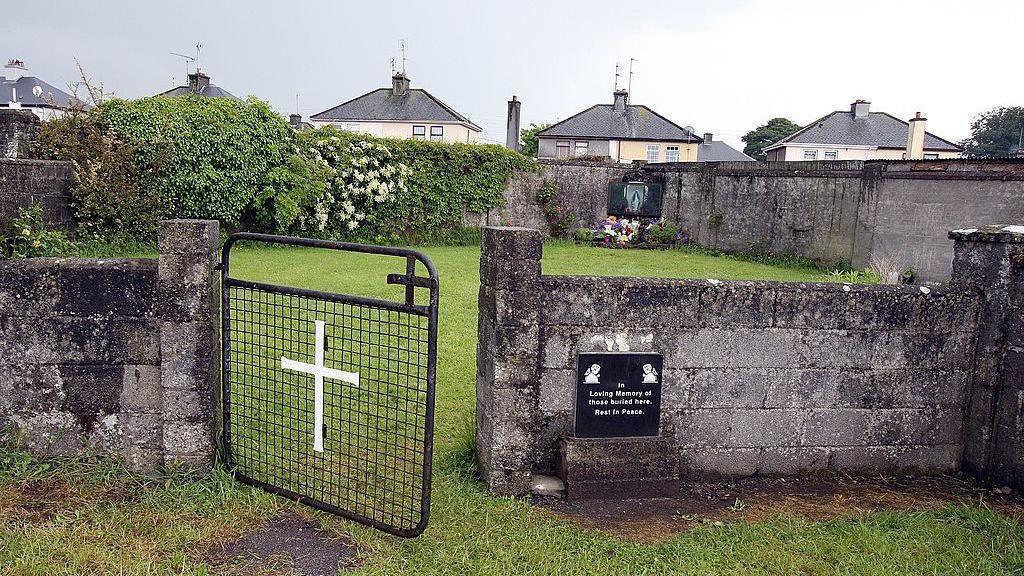
The institution for unmarried mothers and their children was run by the Bon Secours Sisters and closed in 1961
- Published
The team excavating the site of a former mother-and-baby institution in Tuam in County Galway have found seven sets of what they believe to be infant remains.
They say they do not know yet whether the skeletal remains date from the time the institution was open, or from an earlier period.
The process to find out how old the bones are will take at least three months.
The agency known as the Office of the Director of Authorised Intervention, Tuam (ODAIT) has issued its third regular monthly update, after beginning the excavation in July.
The team is trying to find and identify the remains of children and babies which are thought to be in a mass grave.
The institution for unmarried mothers and their children was open from 1925 until 1961.
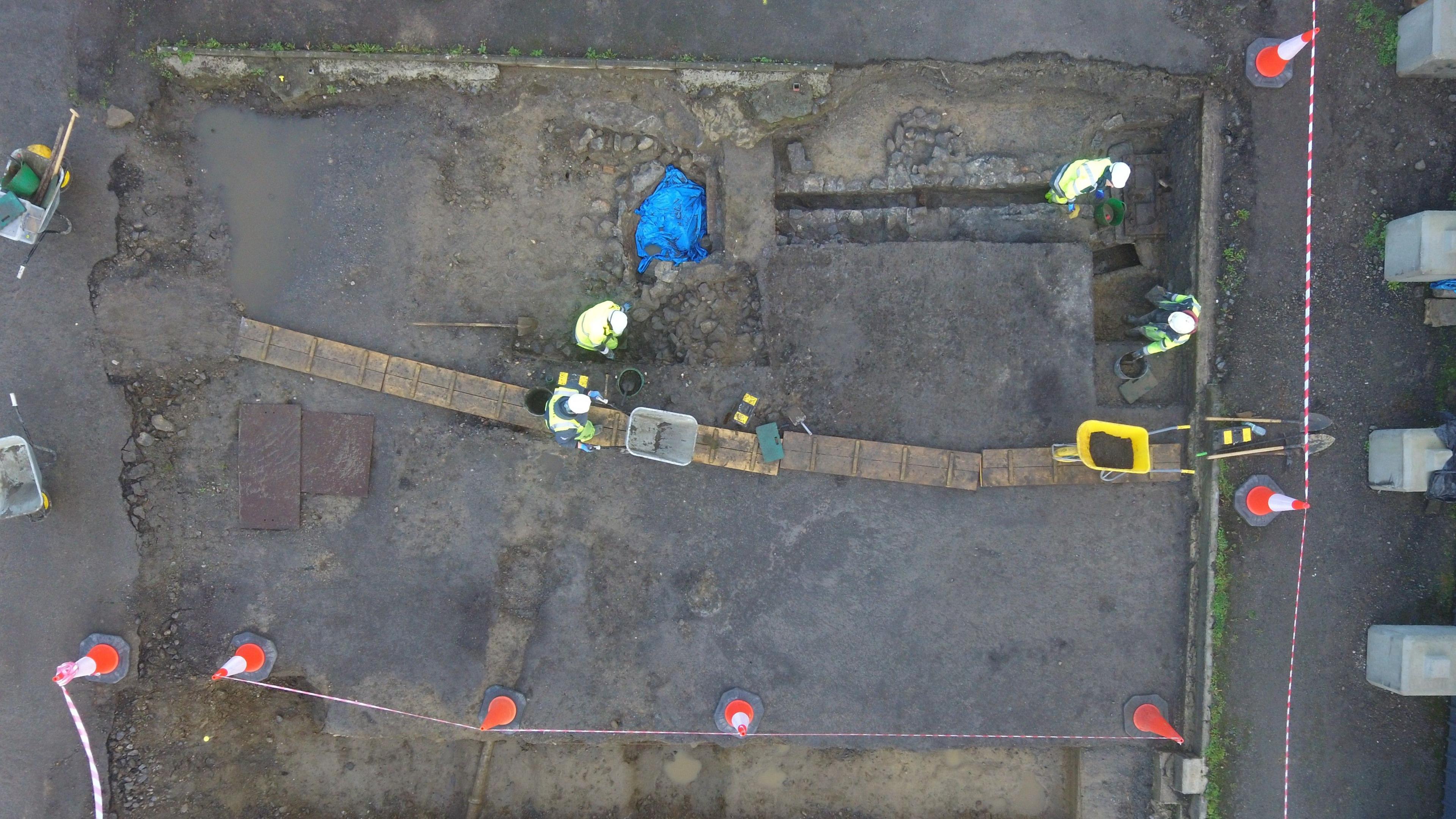
The team is trying to find and identify the remains of children and babies
The story came to international attention in 2014 after local historian Catherine Corless discovered there were 796 death certificates for children and babies who died there, but no burial records.
In 2017, investigators from an inquiry set up by the Irish government said they had found "significant quantities of human remains" in underground chambers.
Infants' remains
ODAIT said it had found seven sets of remains beside a different "vaulted structure" in an area on the western edge of the site, where excavation is being carried out by hand.
The agency said: "Initial assessment indicates that these skeletal remains belong to infants and a full analysis will be carried out to estimate age at death."
The site was used as a military barracks for seven years before the institution known as St Mary's Home was opened.
Prior to that, a workhouse was in operation for almost eight decades.
The agency explained: "As it is currently undetermined which era these human remains are from, ODAIT cannot say at this time whether they are from the workhouse era (1841 to 1918), the military era (1918 to 1925) or the mother and baby institution era (1925 to 1961)."
It said radiocarbon dating and other methods of analysis would take at least three months.
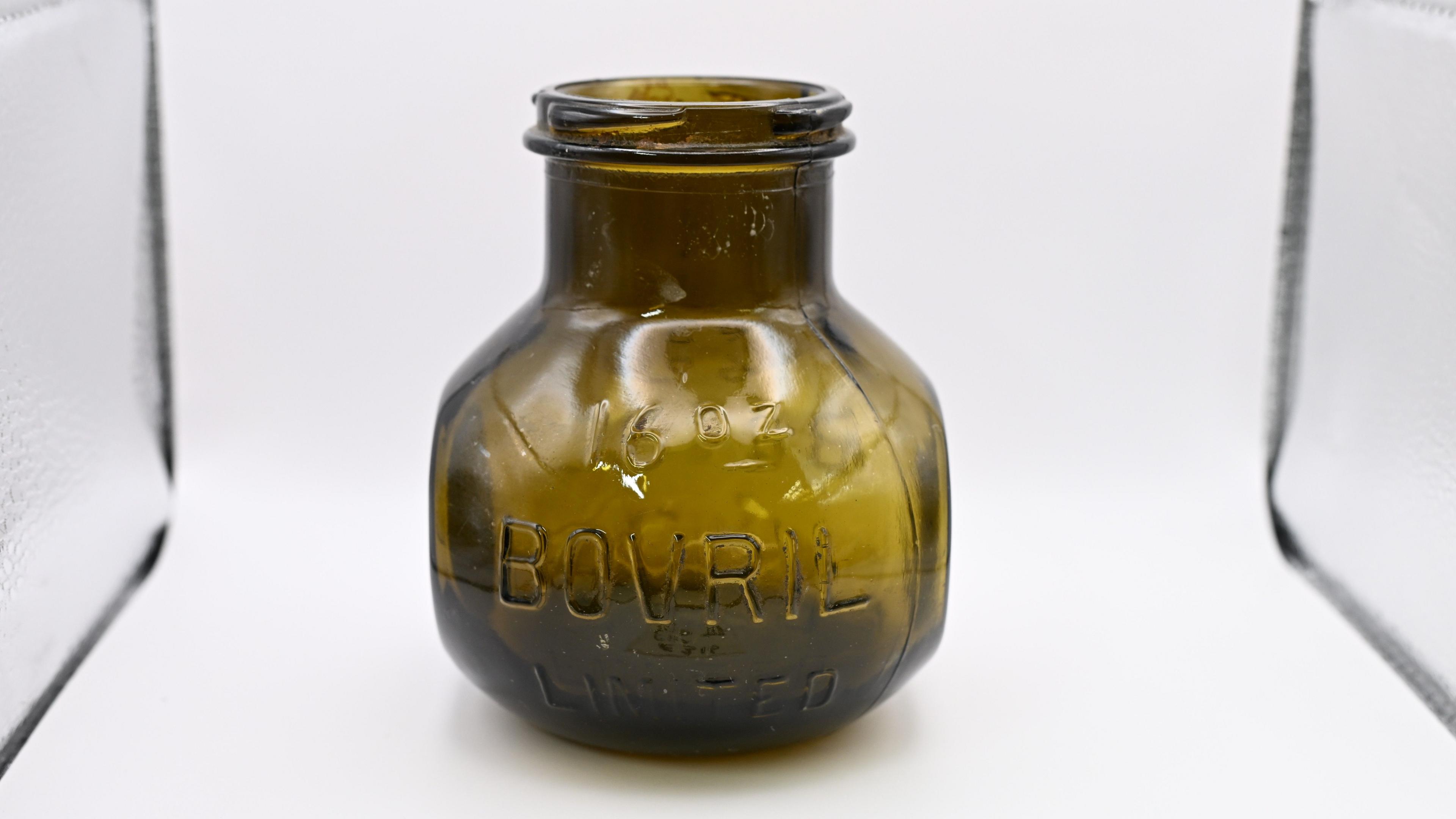
A range of objects have been recovered, including a bovril jar
ODAIT also said that a further two sets of remains which are thought to be from the time of the workhouse had been found, following the recovery of five skeletons in the same place earlier in the excavation process.
In relation to this, it is cooperating with the National Museum of Ireland, which has responsibility for historic human remains.
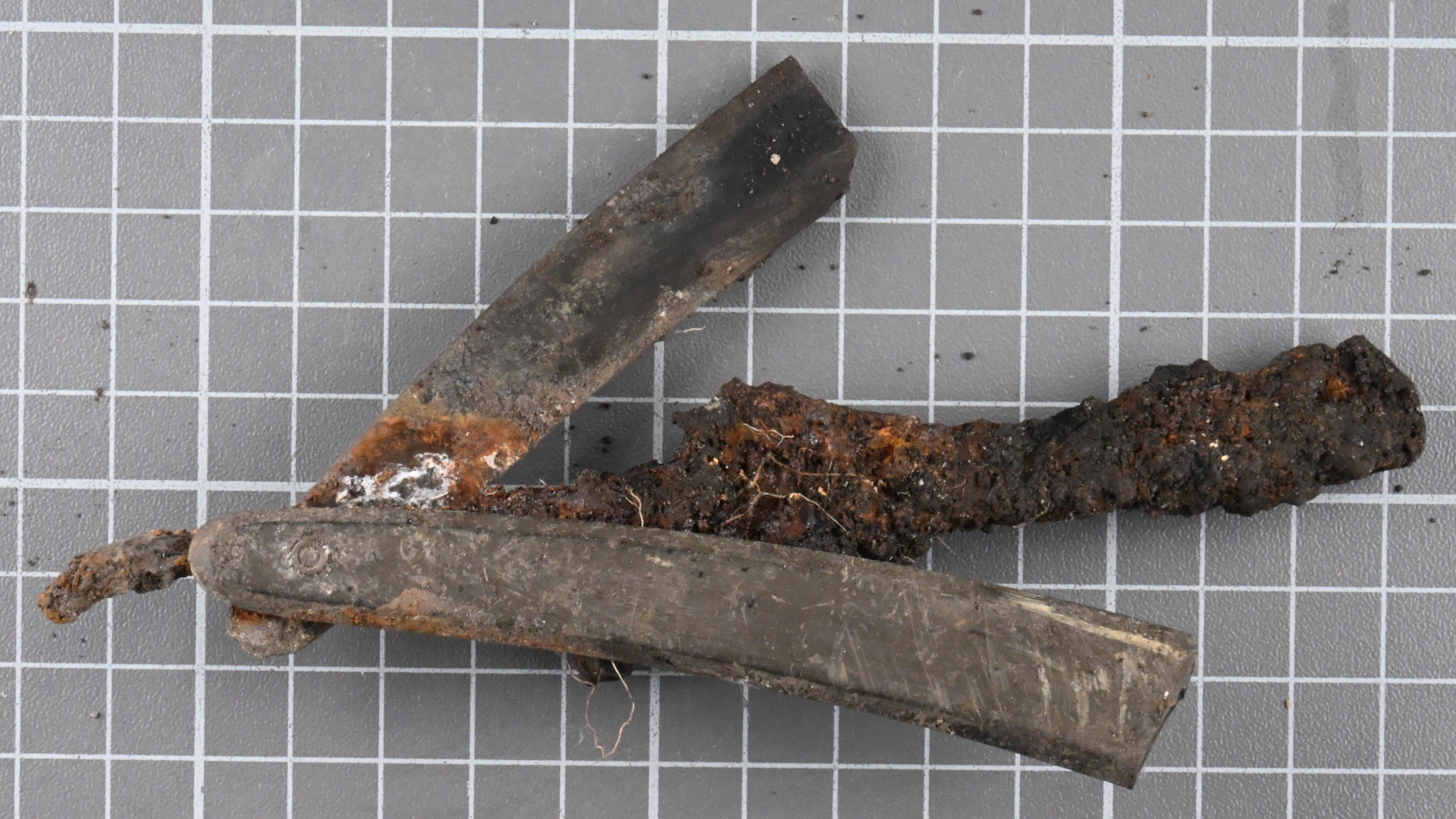
The team also found an historic razor
The update published today covers ODAIT's work during the four weeks ending on 29 October.
The team has continued to recover "numerous" objects, including personal items such as a razor.
The mother-and-baby institution was owned by Galway County Council and run by a religious order, the Bon Secours Sisters.
Related topics
- Published13 January 2021
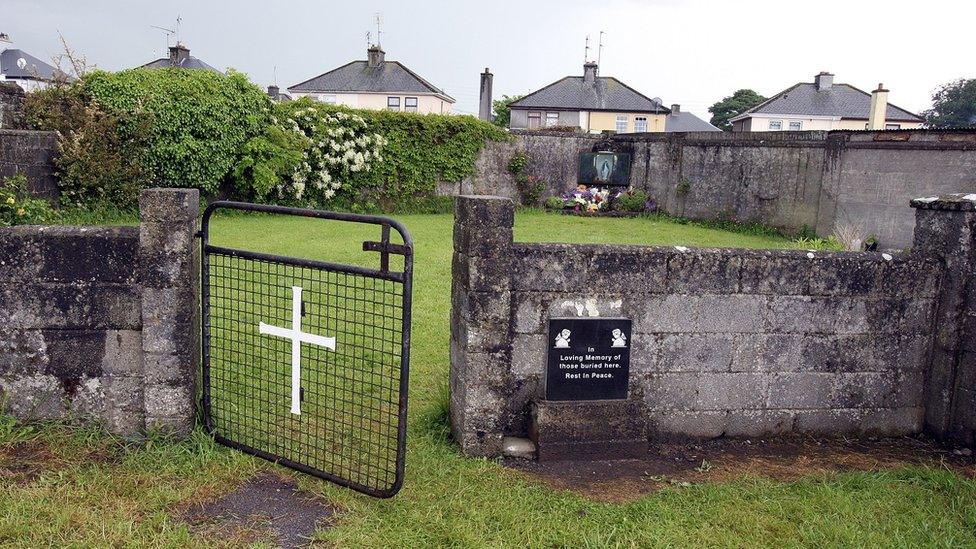
- Published4 March 2017

- Published14 July
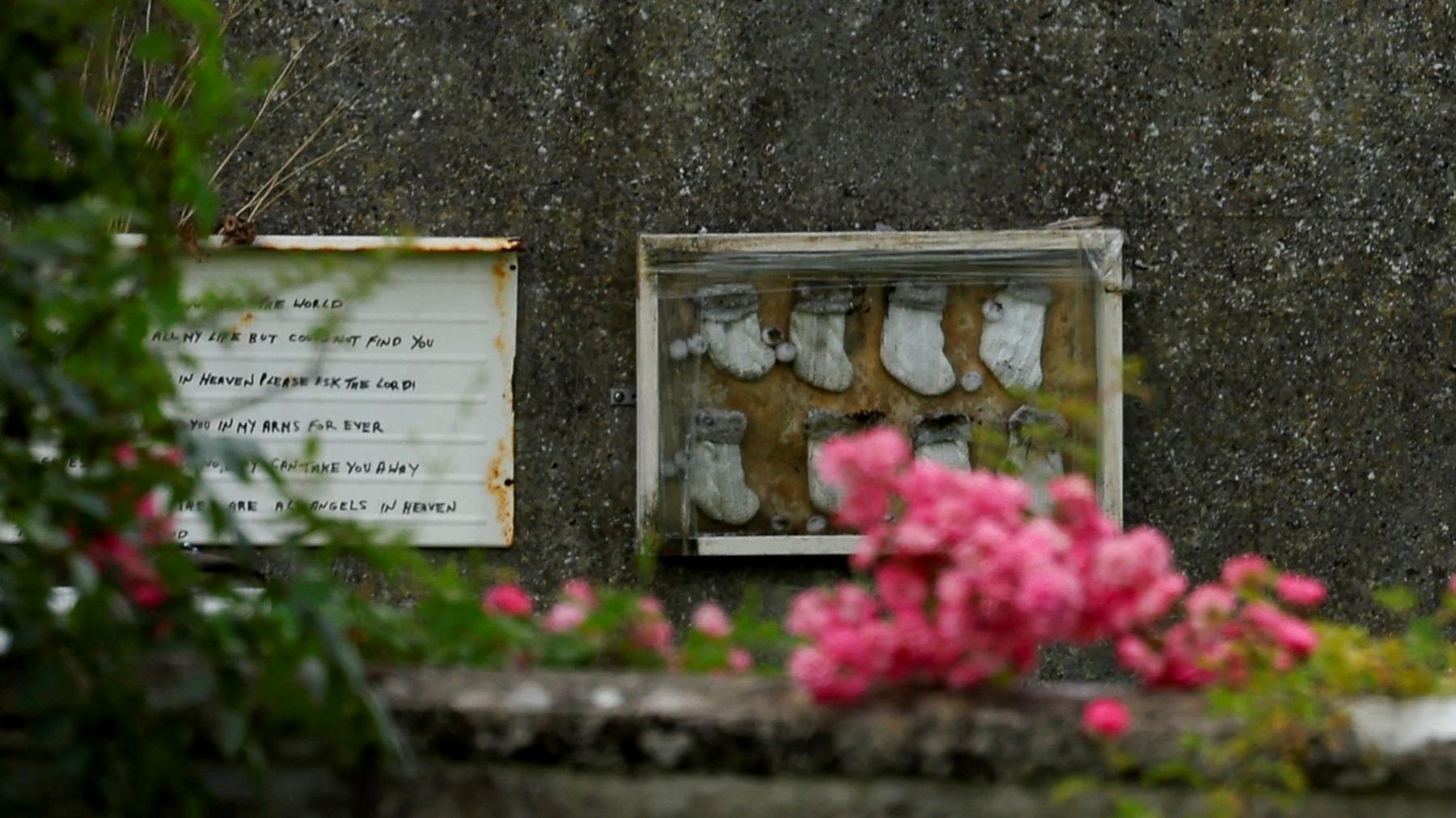
- Published3 October

